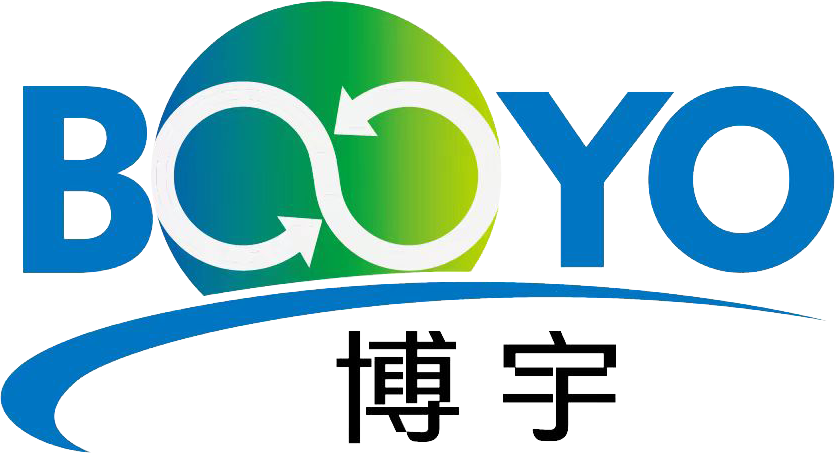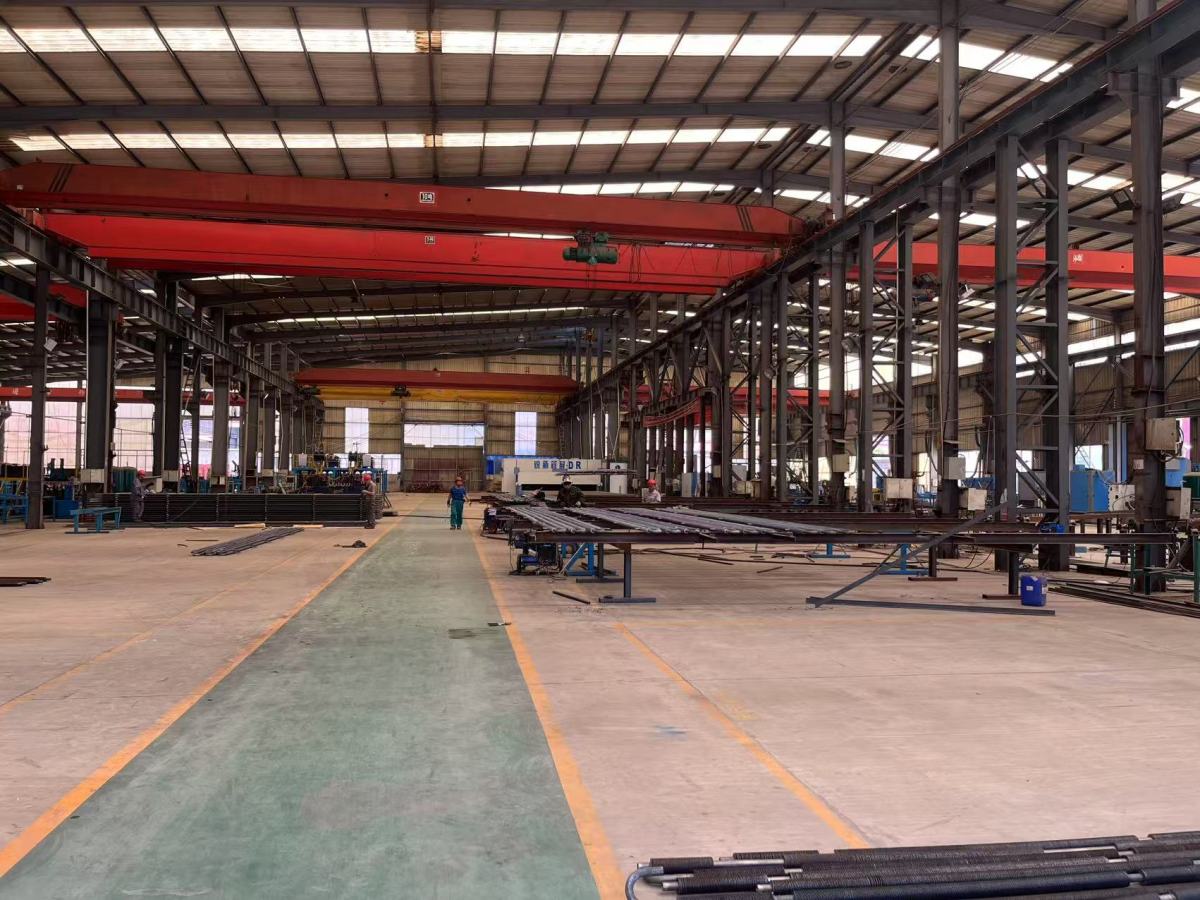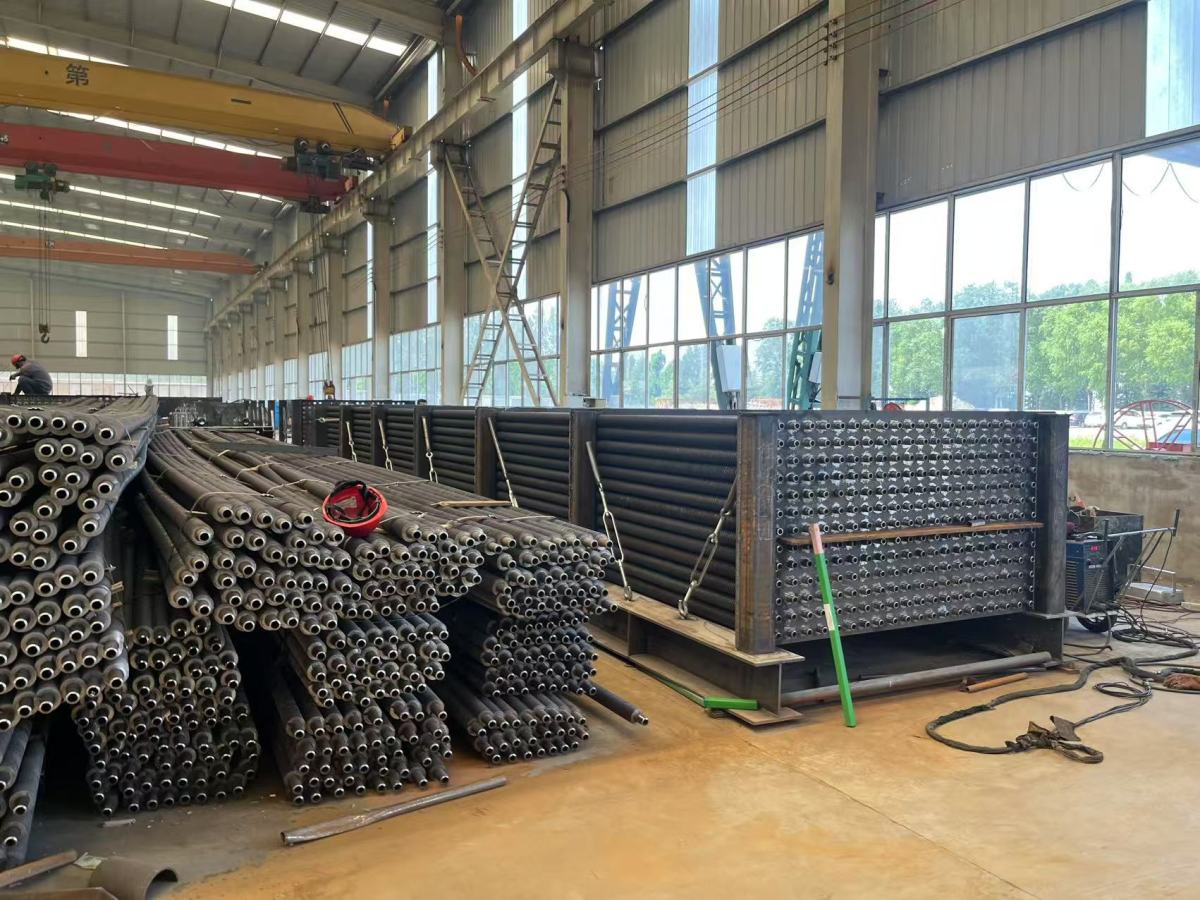
Our News
Find out about our latest news here.
Latest News
- ▶ High-Efficiency Surface Condenser Solutions:
- ▶ Health, Safety and Environment (HSE) Policy
- ▶ Conflict-of-Interest Policy
- ▶ Can a Welded Spiral Heat Exchanger Solve Fouling and Blockage Problems?
- ▶ Anti-Bribery and Corruption (ABC) Compliance Policy
- ▶ The Critical Role and Application of Heat Exchangers in the Natural Gas Treating Process
Message
1. Purpose and Importance
Economizer serpentine tubes play a crucial role in preheating boiler feedwater, operating under high-temperature flue gas environments for prolonged periods. Over time, these tubes are subject to severe erosion, corrosion, wall thinning, cracking, and even perforation. Comprehensive non-destructive examination (NDE) is essential for early detection of potential defects, thus preventing leaks and tube failures and ensuring both safety and operational efficiency of the boiler system.
2. Key NDE Methods
(1) Automated X-ray (Radiographic Testing, RT)
Our company is equipped with advanced, automated X-ray (RT) inspection equipment specifically designed for serpentine tubes. This state-of-the-art system enables fast, high-precision, and full-coverage inspection, providing real-time radiographic imaging of the entire tube. Automated X-ray inspection is capable of accurately detecting internal defects such as cracks, porosity, inclusions, and incomplete penetration—defects that are often difficult to identify with other methods.
Advantages:
Highly efficient, suitable for large-scale production and periodic inspection;
Real-time digital imaging and analysis;
Accurate detection of volumetric defects;
Reduces manual labor and the risk of human error.

(2) Ultrasonic Testing (UT)
Ultrasonic testing is applied to measure wall thickness, detect corrosion thinning, local pits, and lamination within the tube. It provides quantitative evaluation of tube conditions at multiple points. When used together with X-ray inspection, it greatly enhances coverage and reliability.
(3) Borescope Inspection
Specialized industrial borescopes are used for direct visual examination of the tube’s internal surface, revealing scale build-up, corrosion spots, and surface cracks. This method is a valuable supplement to RT/X-ray and UT, improving the overall accuracy of the inspection.
(4) Eddy Current Testing (ET)
Eddy current testing is suitable for non-magnetic materials such as austenitic stainless steel. It enables rapid, efficient detection of wall thinning, cracks, and localized corrosion, and is especially useful for large numbers of complex, curved tubes.
3. Typical Inspection Procedure
Inspection Planning:
Define inspection scope, set standards, and identify tube batches.Preparation:
Clean tube surfaces to remove oil, scale, and rust for optimal imaging and signal transmission.Sequential Testing:
Conduct automated X-ray (RT) inspection first, followed by ultrasonic testing, borescope inspection, and eddy current testing as appropriate.Data Acquisition & Reporting:
Collect and analyze test data in real-time, automatically generating digital inspection reports.Defect Evaluation & Recommendations:
Classify detected defects, provide repair or replacement recommendations, and offer maintenance suggestions.

4. Advantages & Features
High-Efficiency Automated Inspection:
Automated X-ray equipment drastically increases the speed and coverage of inspections, ideal for both batch manufacturing and routine maintenance.Superior Accuracy:
Capable of detecting minute internal defects, such as tiny cracks and porosity, which may be missed by other methods.Fully Digital Data Management:
Inspection results are archived and traceable for future quality analysis and audits.Customizable Solutions:
NDE processes and inspection plans can be tailored to specific client requirements.
5. About RT (X-ray) and NDE Terminology
Radiographic Testing (RT), also referred to as X-ray inspection, is one of the most important and widely used NDE methods for serpentine tubes and other pressure parts. In most cases, “RT” and “X-ray testing” are used interchangeably, especially when the radiation source is X-rays. Our automated X-ray (RT) system integrates industry-leading imaging technology, greatly improving detection reliability and inspection efficiency.
Conclusion
With our advanced automated X-ray (RT) systems and comprehensive NDE expertise, we provide highly efficient, accurate, and intelligent inspection services for economizer serpentine tubes. This not only ensures the safety and integrity of key boiler components but also delivers substantial value and peace of mind to our clients.
PROFESSIONAL CONSULTATION
If you are interested in our products and want to know more details, please leave a message here, we will reply you as soon as we can.